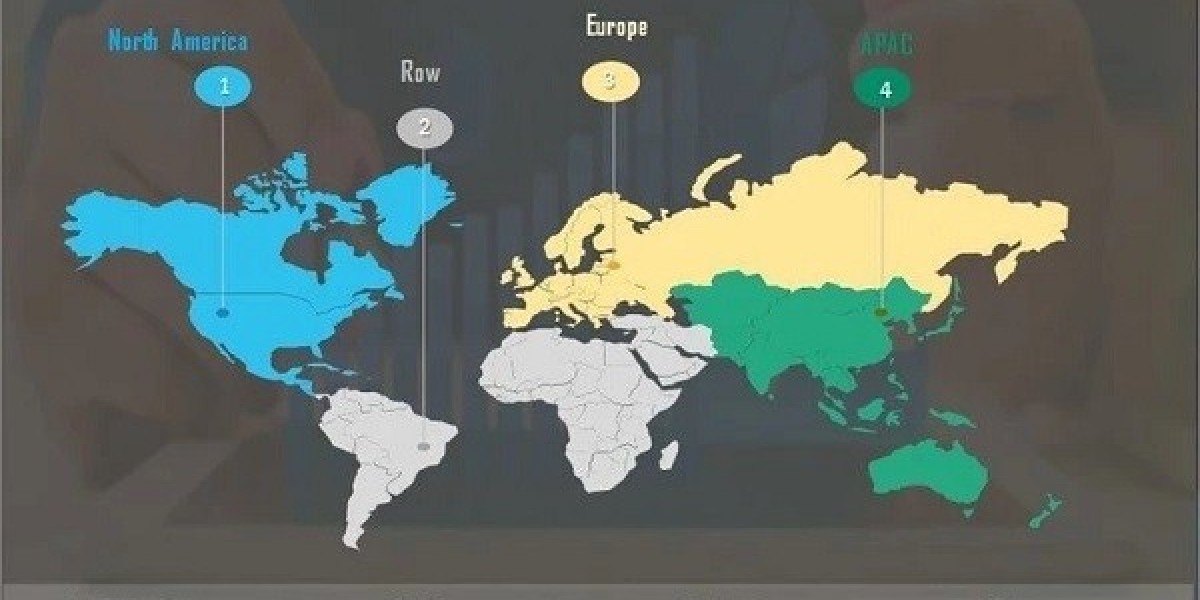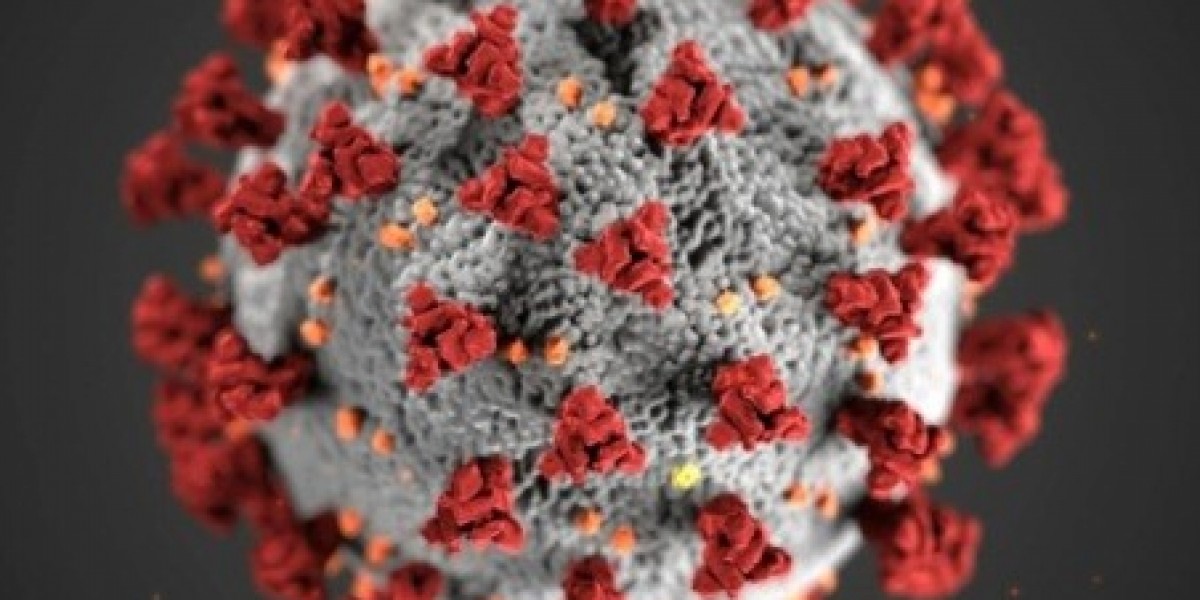Breaking the Lab Walls: The Rise of Non-Laboratory-Based Cannabis Testing
Cannabis is no longer just a topic of underground conversations or medical debates—it’s a global industry with booming markets, diverse consumers, and increasing regulatory oversight. As legalization expands across regions, so does the need for reliable testing. While traditional lab-based testing has long been the gold standard for ensuring product safety and quality, a quiet revolution is taking place: non-laboratory-based cannabis testing is stepping into the spotlight.
This shift isn’t just about technology. It’s about accessibility, empowerment, and trust.
Why Testing Matters in Cannabis
Cannabis, whether for medical or recreational use, interacts directly with our bodies. Consumers want to know what they’re putting into their systems—THC and CBD levels, contaminants, terpene profiles, and more. For patients, accurate dosing can mean the difference between relief and side effects. For recreational users, it’s about knowing the potency and effects. And for businesses, reliable testing can make or break a brand.
But access to certified testing labs isn’t always easy. Small cultivators in rural areas, caregivers growing for patients, or consumers simply wanting to double-check a product’s label are often left in the dark. That’s where non-laboratory-based cannabis testing comes in.
What Is Non-Laboratory-Based Cannabis Testing?
Imagine being able to test your cannabis flower or oil without shipping it off to a distant lab or waiting weeks for results. Non-laboratory-based testing refers to portable, fast, and user-friendly tools that deliver chemical analysis without needing a full-scale lab setup.
These devices or kits may include:
Portable spectrometers (e.g., near-infrared or Raman)
Immunoassay test strips (like pregnancy tests, but for cannabis components)
Color-change reagent kits
Digital handheld analyzers
These tools are designed for use by cultivators, dispensaries, enforcement agencies, and even everyday users.
Who’s Using These Tools?
1. Small-Scale Growers and Home Cultivators
For individuals growing cannabis at home or in small quantities, sending samples to labs for every harvest isn’t practical—or affordable. With portable testing kits, they can check cannabinoid profiles on the spot, allowing them to adjust cultivation techniques or drying processes in real time.
2. Dispensaries and Retailers
Dispensaries want to be sure that what they’re selling matches what’s advertised. Non-lab testing helps double-check suppliers and prevent mislabeling, building trust with customers.
3. Law Enforcement and Regulators
In places where cannabis legality depends on THC content (e.g., <0.3% for hemp), enforcement officers use field tests to distinguish between legal hemp and illegal cannabis. While not always 100% accurate, these quick checks help prioritize samples for formal testing.
4. Consumers
Some advanced home-use kits allow everyday users to test their cannabis for pesticides or verify the potency of a concentrate. While the technology is still evolving, this is a big step toward consumer empowerment in the cannabis space.
The Pros of On-the-Go Testing
Speed: Results can be obtained in minutes rather than days.
Convenience: No need to transport samples or wait for lab availability.
Cost-Effective: One-time purchases of test kits or devices are often cheaper in the long run.
Empowerment: Users and growers take control of quality assurance.
Privacy: Especially in regions where cannabis legality is still sensitive, at-home testing provides discreet reassurance.
The Limitations (Because Nothing’s Perfect)
It’s important to recognize that non-laboratory testing doesn’t replace certified lab analysis. These tools often have limitations in precision, especially when measuring low concentrations or identifying complex contaminants like heavy metals or microbial presence. While useful for screening, they aren’t yet the final word in product certification.
Additionally, interpretation can sometimes be subjective, especially with color-change kits or test strips. So, while they’re great for quick checks, they shouldn’t be used as the sole quality determinant—especially for products entering the commercial market.
The Future of Non-Lab Cannabis Testing
The exciting part? We’re just getting started. As cannabis normalization grows, so does innovation. AI-driven spectrometry, smartphone-enabled diagnostics, and blockchain-linked test results could soon become common.
We’re also seeing companies develop hybrid solutions—devices that allow users to test on-site but upload data for remote lab verification. This “best of both worlds” model could redefine how we think about cannabis quality control.
Humanizing the Technology
At the heart of this technological wave isn’t just science—it’s people. It’s the medical cannabis patient in a remote village who wants to know if her medicine is safe. It’s the single mom running a small CBD farm and needing assurance her crop meets standards. It’s the young adult who uses cannabis for anxiety and wants to avoid contaminated products.
Non-laboratory-based cannabis testing is more than a convenience—it’s a form of empowerment. It gives individuals control over what they consume and cultivators confidence in their product.
Browse More Reports:









